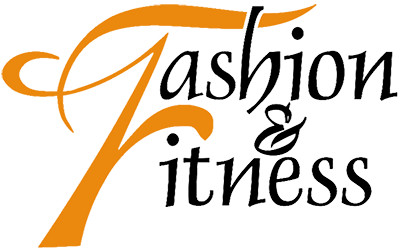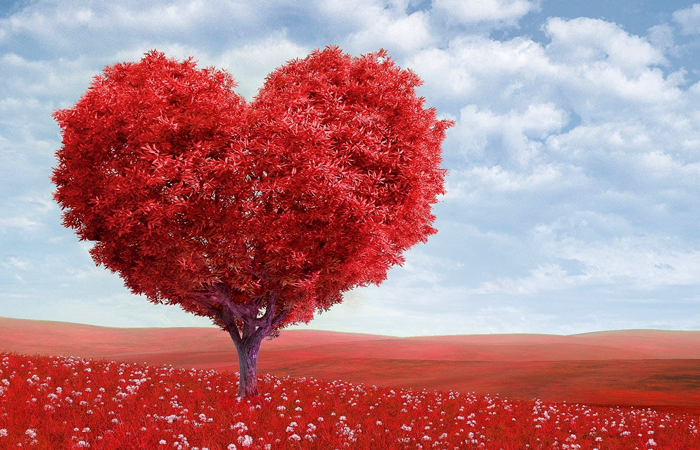

Sheela Seharawat
Many amongst us starts the day with a cup of hot coffee, as according to them it provides with the boost to kick start the day. One of the most widely consumed beverage around the world, coffee is a brewed drink from roasted coffee beans. Coffee has been both praised and accused due to many reasons from centuries. At times it has been highly recommended as a cure for laziness as a ‘gift from heaven”, whereas, it has also been blamed for causing impotency and madness.
Studies and researches conducted on the subject: ‘Coffee’ says that it is a stimulant to our central nervous system and drinking it inhibits the release of natural brain opiates that counteracts pains and creates a feel good factor. It might spruce you up for some time, but brings down as well, making you crave for it, like a drug. Caffeine the best known ingredient of coffee, is the most widely used psychoactive substance in the world.
Just like any other thing that we are used to, coffee is good and has no negative effects as long as you consume it in moderation, as there are certain serious risks and negative side effects if we consume it in excess or larger quantity, as noted below:

Consumption of coffee increases risk of high blood pressure
When you drink a cup of hot coffee it gives you the instant energy boost to work. It really feels great, but over a period of time you get addicted to the sudden rush of energy, without even realizing that your blood pressure levels are also shooting up at the same time. It has been studied that it happens to people with hypertension but also with people with normal ones. It is advised not to drink coffee before and after exercise, as workouts increases your blood pressure levels and added coffee intake could aggravate the situation further.

Increases risks of cardiac arrests among young adults
High intake of coffee raises blood pressure levels and further increases the risks of cardiovascular diseases like stroke and heart diseases. High blood pressure along with effects on heart, both the negative effects can be devastating on people with weak heart and increases the risk of having a cardiac arrest.

Increases risk of ulcers in stomach, acidity and bowel syndrome
If you are suffering or suffer from any of the above, you should immediately stop drinking coffee. It is because caffeine and other substances present in coffee irritates the stomach and its inner linings and worsens such conditions. The acidic nature of coffee and its ability to weaken the inner linings of the stomach and increases the chances of growth of helicobacter pylori bacteria, responsible for causing ulcers in the stomach. It is also responsible for causing diarrhea and constipation.

Increases muscle twitches and spasms
Caffeine present in a coffee can cause our muscles to cramp and move erratically. This problem is more seen in people who drink it too much.

Increases burden on the kidneys and causes frequent urination
Caffeine present in coffee increases the production of urine in our body and make us urinate again and again by increasing the flow of blood through the kidneys and put extra burden on our kidneys. As a result of it, blood vessels get dilated and our kidneys produces more waste.








